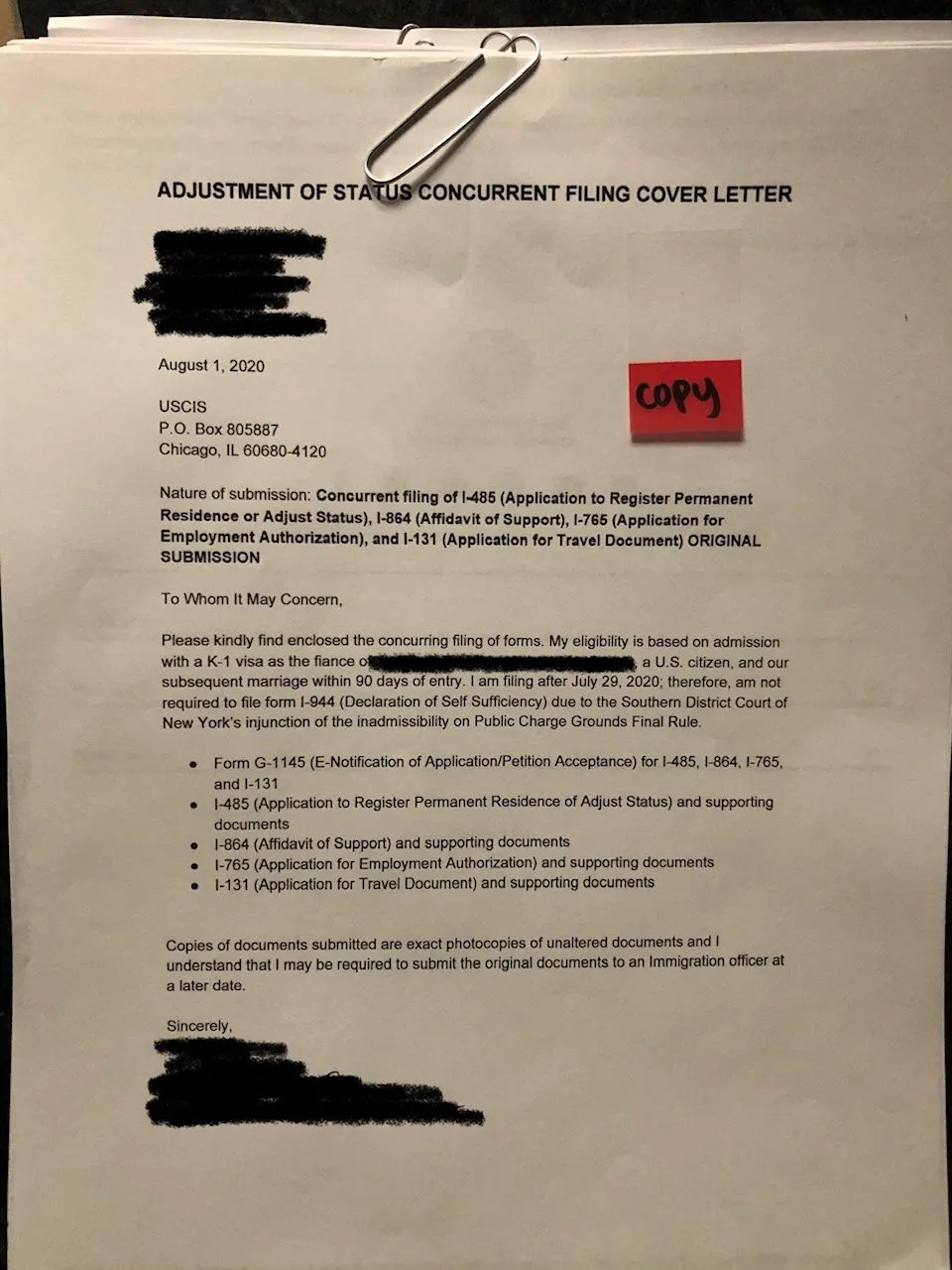What is the AOS Package 2018
The Adjustment of Status (AOS) package for 2018 refers to the set of forms and supporting documentation required by U.S. Citizenship and Immigration Services (USCIS) to apply for a green card (lawful permanent resident status) from within the United States. This is a crucial process for individuals already present in the U.S. who meet specific eligibility criteria. The AOS package is how they formally request to become a permanent resident without having to return to their home country for consular processing. Successfully navigating the AOS process requires careful attention to detail, accuracy in completing forms, and thoroughness in gathering supporting documents, ensuring all requirements are met to avoid delays or denials.
Eligibility for AOS Package 2018
Eligibility for the AOS package in 2018, as with any year, hinges on several factors. Primarily, you must be physically present in the United States and have been inspected and admitted or paroled into the U.S. by a U.S. immigration officer. Secondly, you must be eligible to receive an immigrant visa and have an immigrant visa immediately available to you. This means there must be a visa available in your preference category based on your relationship to a U.S. citizen or lawful permanent resident, or your employment. Other significant requirements include not having any criminal convictions or other factors that would make you inadmissible to the United States, as determined by immigration law. Further, you should not have violated the terms of your visa or overstayed your authorized period of stay. Each applicant’s unique situation is assessed to ensure they meet all necessary eligibility requirements.
Who Qualifies for the AOS Package 2018
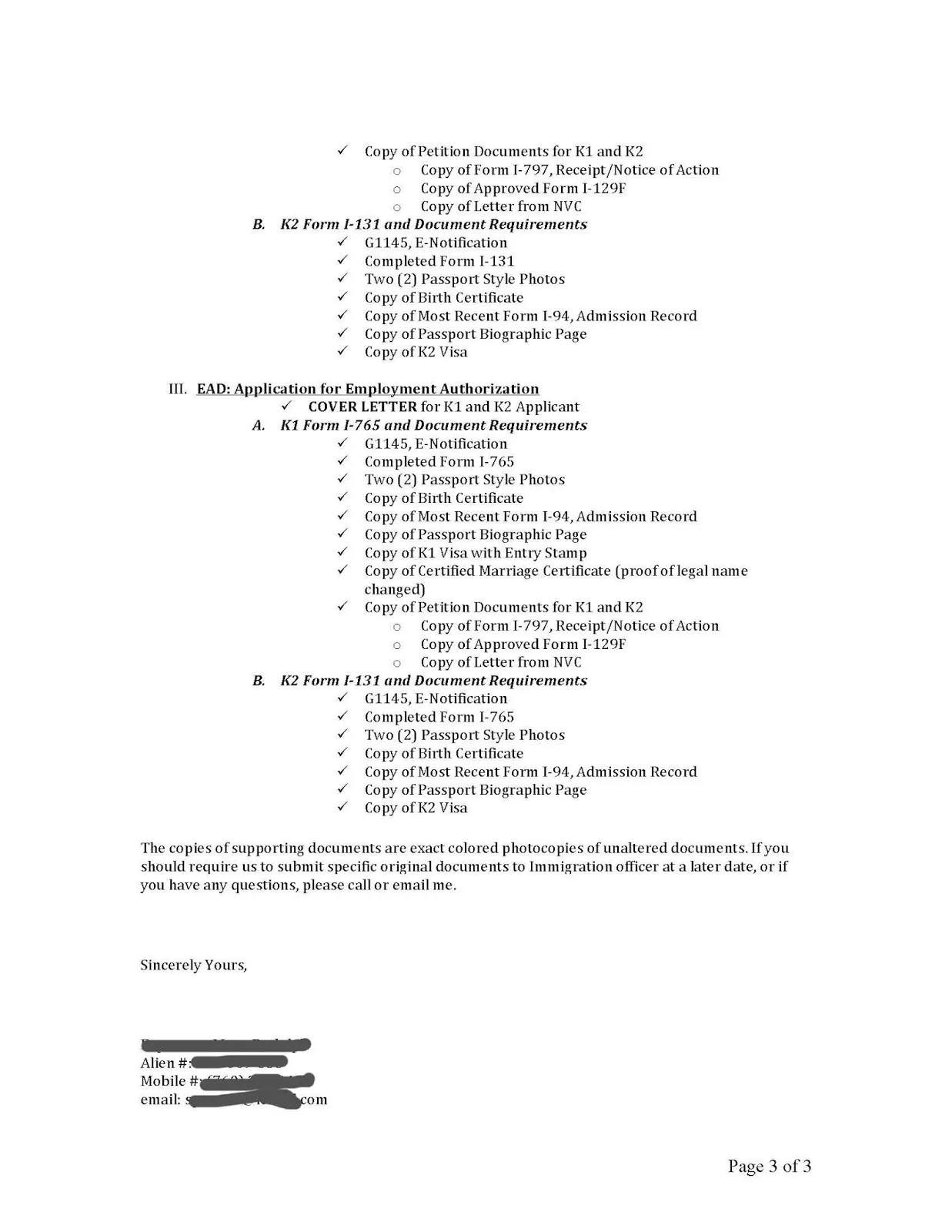
The specific individuals who can apply for the AOS package in 2018 include those who are immediate relatives of U.S. citizens, such as spouses, unmarried children under 21, and parents of U.S. citizens who are at least 21 years old. Also included are individuals who are eligible for employment-based immigration, such as those with approved I-140 petitions (Immigrant Petition for Alien Worker). Other categories involve those who are beneficiaries of approved family-based petitions and those granted asylum or refugee status. The eligibility criteria are extensive and depend on the specific immigration category. Always confirm your eligibility with the latest USCIS guidelines and, when possible, consult with an immigration attorney to ensure you understand the requirements and have the appropriate supporting documents.
Required Forms for AOS Package 2018
A complete AOS package in 2018 comprises several key forms. These forms, which must be filled out accurately and completely, serve as the foundation of your application. Submitting an incomplete package or one with errors can lead to processing delays or a denial. It’s important to use the most up-to-date versions of the forms available on the USCIS website. These forms often get updated; older versions will likely be rejected. It’s best to download and complete the forms directly from the USCIS website. Each form serves a specific purpose in the application process and requires detailed information. Incomplete applications may lead to rejection, while incorrect information may create more severe problems.
Form I-485 Application to Register Permanent Residence or Adjust Status
Form I-485, Application to Register Permanent Residence or Adjust Status, is the primary form in the AOS package. It is the official application to USCIS for a green card. This form gathers basic biographical information, immigration history, and details about your eligibility category. You must accurately answer all questions and provide the necessary information to determine your eligibility. Failure to provide accurate and complete information may lead to rejection. The form requires providing details like your date of birth, place of birth, social security number (if applicable), current address, and information about your arrival in the U.S. Make sure to provide copies of all required documentation like a copy of your passport, visa, and I-94. The information provided on this form must be consistent with all other supporting documents you submit.
Form I-864 Affidavit of Support
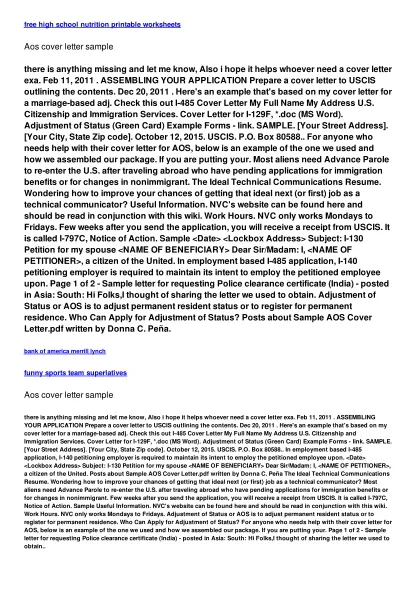
Form I-864, Affidavit of Support Under Section 213A of the INA, is crucial for family-based applications. This form ensures that the intending immigrant will not become a public charge. It is completed by the U.S. citizen or lawful permanent resident sponsoring the applicant. The sponsor is legally obligated to provide financial support to the immigrant, ensuring they have the financial resources to live in the U.S. without relying on public assistance. The sponsor must demonstrate that they meet the minimum income requirements, which are based on the household size and federal poverty guidelines. The form requires detailed financial information, including income, assets, and tax returns, to demonstrate the sponsor’s ability to support the applicant. If the sponsor’s income does not meet the requirements, a joint sponsor can be included to meet the financial obligations.
Form I-693 Medical Examination
Form I-693, Report of Medical Examination and Vaccination Record, is required to demonstrate that you are free from any communicable diseases of public health significance and have received the required vaccinations. The examination must be conducted by a USCIS-designated civil surgeon. This medical examination includes various tests, such as a physical examination, vaccinations, and tests for certain diseases. The civil surgeon will complete the form and provide you with a sealed envelope containing the results. You must submit the sealed envelope with your AOS package. It’s crucial to undergo the medical examination within the timeframe specified by USCIS, as the results are only valid for a certain period. You should also make sure to have your vaccination records readily available.
Supporting Documents for the AOS Package 2018
In addition to the main forms, the AOS package requires several supporting documents. These documents verify the information provided in the forms and establish your eligibility for adjustment of status. It’s essential to include all required documents to avoid delays or denials. Make copies of all original documents; USCIS typically does not return original documents. The specific documents needed will vary depending on your individual circumstances and the basis of your application (e.g., family-based, employment-based). The supporting documents strengthen your application by providing additional evidence and clarification. Preparing a well-organized and complete package is key to a smooth application process. Failure to submit the required documents will almost certainly lead to rejection or a request for evidence (RFE).
Proof of Legal Entry into the United States
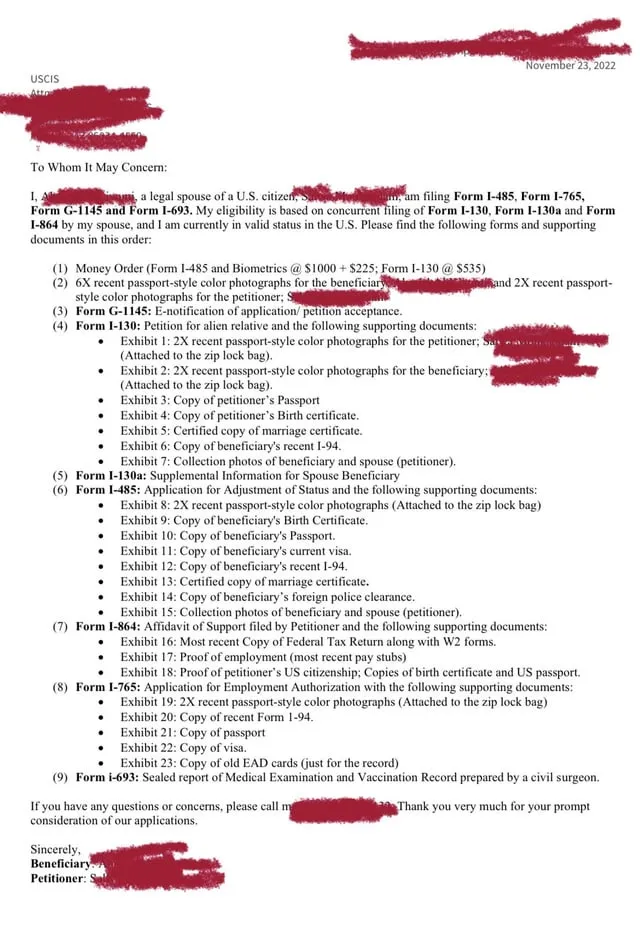
To adjust your status, you must provide proof of a legal entry into the United States. This usually means providing a copy of your valid passport with a U.S. visa stamp and your I-94 arrival/departure record. The I-94 confirms that you were legally admitted to the U.S. and states the period of authorized stay. You can obtain your I-94 record from the U.S. Customs and Border Protection (CBP) website if you entered the U.S. by air or sea after April 2013. If your I-94 is not available online or you entered the U.S. before that date, you may need to provide other evidence such as your passport with a visa stamp, entry stamps from the border, or other official documentation. Ensure that the information on your I-94 matches the information on your other documents. Any discrepancies can cause delays or complications in your application.
Birth Certificate and Passport Copy
A certified copy of your birth certificate is a fundamental document. It verifies your identity and serves as primary evidence of your birth. The birth certificate should be an original or a certified copy issued by the government authority. If the birth certificate is not in English, you must provide a certified English translation. Along with the birth certificate, you must submit a copy of the biographical page of your passport, showing your name, date of birth, country of citizenship, and passport number. The passport copy verifies your identity and citizenship. If you have changed your name, you must also include legal documentation confirming the name change, such as a marriage certificate or court order. All documents should be well-organized and easily accessible within your application.
Marriage Certificate (If Applicable)
If you are applying for a green card based on your marriage to a U.S. citizen or lawful permanent resident, you must include a copy of your marriage certificate. The marriage certificate serves as proof of the legal marriage. It must be an original or a certified copy issued by the relevant government authority. In case your marriage certificate is not in English, you must provide a certified translation. The marriage certificate must be valid according to the laws of the jurisdiction where the marriage took place. Moreover, the marriage must be bona fide, meaning it was entered into in good faith and not for the sole purpose of obtaining immigration benefits. Provide any additional evidence, such as photos, joint bank accounts, and lease agreements, to prove the validity of the marriage.
How to File the AOS Package 2018
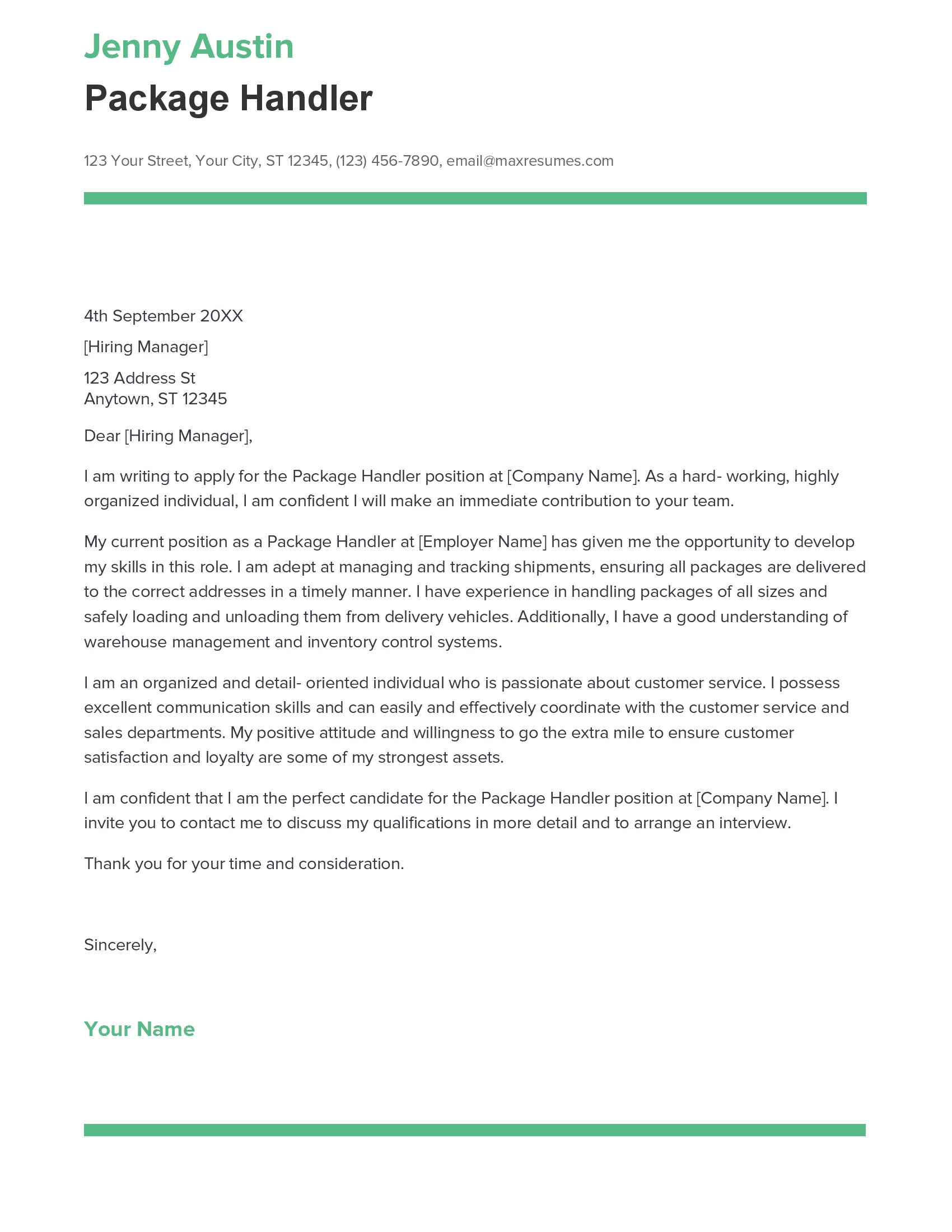
Filing the AOS package in 2018, or any other year, requires a systematic approach to ensure all requirements are met. Before submitting your application, review all the instructions, forms, and document checklists provided by USCIS. Ensure you have assembled all the necessary forms and supporting documentation. It’s essential to use the most current forms and complete all required fields accurately. Also, make sure that all copies are clear and legible. Organizing your documents in a logical order will help the USCIS officer review your application efficiently. Mistakes can cause delays or the request for evidence (RFE). Following the step-by-step instructions carefully is crucial for a successful outcome. Proper filing methods can streamline the process and increase the chances of approval.
Step-by-Step Filing Instructions
The first step involves gathering all the necessary forms, documents, and supporting evidence. Then, you must carefully complete each form, providing accurate and honest information. Once you have completed the forms, make copies of all your documents. The next step is to assemble the application package. This typically involves putting all the forms, supporting documents, and checks or money orders in the correct order. You must then pay the required filing fees. The fees can be paid by check, money order, or credit card. Finally, you must mail your AOS package to the correct USCIS lockbox or service center. You can find the mailing address on the USCIS website. Keep copies of everything for your records, and always use certified mail with return receipt requested to track your package. After submitting your application, you will receive a receipt notice from USCIS confirming that they have received your application. Keep this notice, as it contains your receipt number, which you will need to check the status of your case online.
Filing Fees and Payment Methods
You must pay the correct filing fees for the AOS package. The fees for the I-485, along with associated forms like the biometrics fee, can be substantial, so it is important to determine the exact fee amount. USCIS updates its fees periodically, so confirm the current fees on the USCIS website before filing. You can typically pay the fees by check, money order, or credit card, depending on the form and the filing location. If paying by check or money order, make it payable to the U.S. Department of Homeland Security. Ensure that the payment is for the correct amount, as incorrect payments can cause processing delays or rejection of your application. If you are filing multiple forms, there will be a corresponding fee for each one. Always include a copy of the payment receipt with your application as proof of payment.
Where to Submit the AOS Package 2018
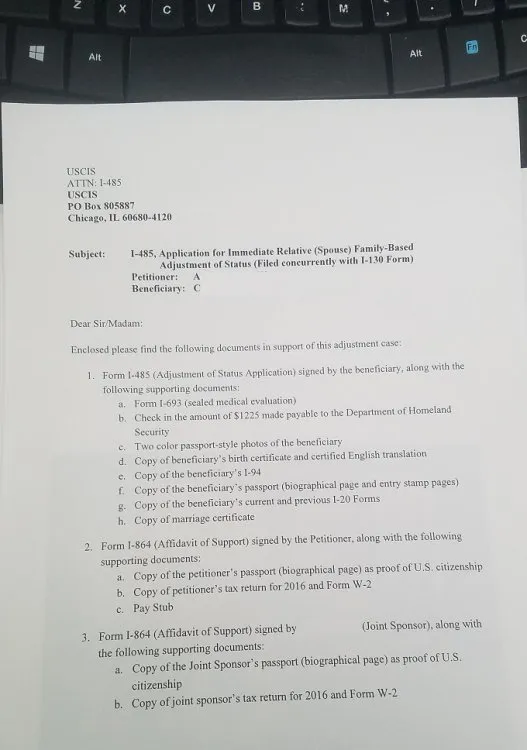
The mailing address for the AOS package depends on your location and the form you are filing. The USCIS website provides specific instructions on where to file your application. The addresses are usually lockbox facilities or service centers. You must check the USCIS website for the correct mailing address before sending your application. Using the wrong address can cause significant delays in processing, or your package may even be returned to you. Always use the most current mailing address provided by USCIS and confirm the address before mailing the package. It’s highly recommended to use certified mail with return receipt requested, so you have proof that USCIS received your application. Once your application is received, you will receive a receipt notice from USCIS, usually within a few weeks, confirming that they have accepted your application for processing.
Frequently Asked Questions About the AOS Package 2018
Many questions come up during the AOS application process, and these FAQs attempt to address the most common concerns. For example, applicants often wonder how long the processing time takes, the best way to check the status of their case, and what to do if they receive a request for evidence (RFE). Processing times vary depending on the applicant’s location, the complexity of the case, and the workload of USCIS. The best way to check the status of your case is by using the online case status tool on the USCIS website. If you receive an RFE, carefully review the request and provide the requested information within the deadline provided. Additionally, applicants inquire about travel restrictions while their AOS is pending. Generally, you should not travel outside the United States without advance parole. Consult the USCIS website for more details on the various aspects of the AOS application process.
